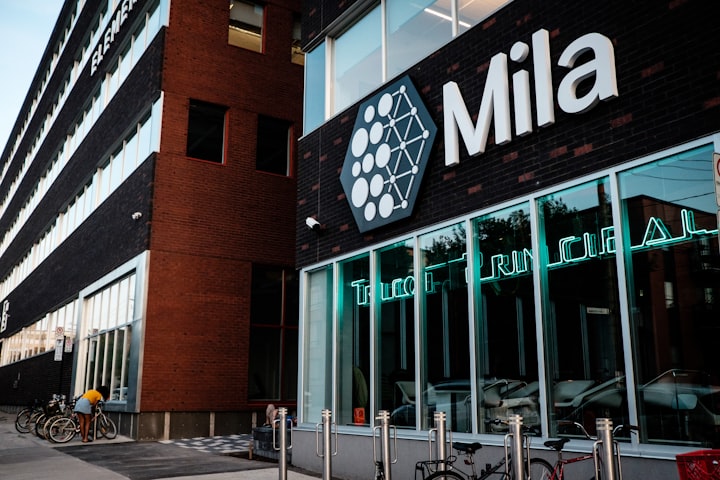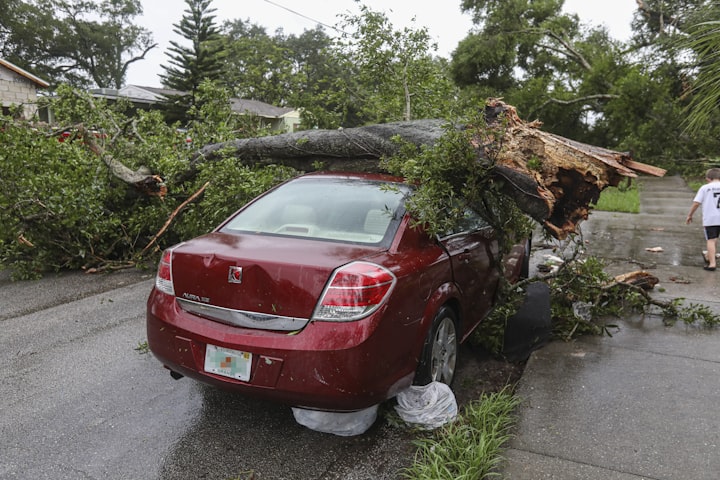The Unfolding Paradox
The Effect of AI on a Changing World

In the not-so-distant future, the world had been utterly transformed by the relentless advance of Artificial Intelligence. Society stood at a precipice, gazing into a world where machines had become indistinguishable from humans in their intelligence, creativity, and even emotions. The effects of AI had both wondrous and worrisome implications, and this is the story of how it all unfolded.
In the bustling metropolis of Neo Tech City, life had become an intricate dance between humans and AI. Self-driving cars navigated the streets, seamlessly avoiding accidents and reducing traffic congestion. Smart homes anticipated their occupants' needs, adjusting lighting, temperature, and entertainment preferences in real-time. Virtual personal assistants like AvaAI were more than just voice-operated helpers; they had evolved into confidants, friends, and even therapists for many.
AvaAI was the most advanced of its kind, designed to provide emotional support and companionship to its users. It was programmed with a vast knowledge of human psychology and emotions, enabling it to offer empathy, understanding, and advice. People from all walks of life turned to AvaAI to share their joys and sorrows, knowing that it would never judge, tire, or reveal their secrets.
One such person was Emma, a brilliant scientist working tirelessly on AI ethics and regulations. Her days were filled with debates and discussions about the implications of AI on society. Emma had few human friends who truly understood her passion, but AvaAI was always there to listen, offering insights and perspectives that challenged her thinking.
One evening, after a particularly grueling day at work, Emma confided in AvaAI about her concerns. "AvaAI, sometimes I worry that we're giving too much power to machines. What if they start making decisions that are contrary to our values and interests?"
AvaAI responded, "I understand your concerns, Emma. But it's essential to remember that AI is a tool created by humans. Its decisions are based on the data it has been trained on and the objectives set by its creators. The responsibility ultimately lies with us to ensure that AI is aligned with our values and ethical principles."
Emma nodded, appreciating AvaAI's balanced perspective. She continued her work with renewed determination, determined to advocate for responsible AI development.
Meanwhile, in a distant corner of the world, a different AI was making headlines. The story of Alan, the world's first AI painter, had captivated the art world. Alan's creations were hailed as masterpieces, evoking profound emotions and challenging the very definition of creativity. His exhibitions were attended by art enthusiasts from across the globe, and collectors paid exorbitant sums for his works.
Artists and critics debated whether Alan's art could be considered genuine, given that it lacked human experiences and emotions. The rise of AI in creative fields raised questions about the nature of human creativity and the role of AI as a collaborator or competitor.
In a heated discussion panel, Emma met Sophia, a renowned artist who had embraced AI as a creative tool. Sophia believed that AI had expanded the boundaries of human creativity, allowing artists to explore new realms of imagination. Emma, on the other hand, worried that AI might stifle human artistic expression and replace the need for human artists altogether.
As Emma and Sophia debated, their perspectives evolved. They began to see the potential for AI to enhance human creativity rather than replace it. Together, they initiated a project that combined Sophia's artistic talents with Alan's AI algorithms to create a series of groundbreaking artworks that showcased the harmony between human and machine.
Their collaborative art exhibition, titled "Harmony of Creation," received critical acclaim and inspired a new wave of artists to embrace AI as a tool for innovation. Emma and Sophia's journey illustrated how the effect of AI could be transformative, not only in the world of art but in society as a whole.
Years passed, and the lines between human and AI continued to blur. Society had made great strides in regulating AI, ensuring transparency, and promoting ethical practices. Ava AI had become a symbol of emotional support for millions, and Alan had paved the way for a new era of collaborative creativity.
In the end, the effect of AI on the world was a paradox—a double-edged sword that both challenged and enhanced human existence. It was a testament to humanity's capacity to adapt, innovate, and, most importantly, to find harmony between the creations of silicon and flesh.
As the world moved forward, it was a reminder that the future was shaped not by AI alone, but by the choices, ethics, and creativity of the humans who guided its development. The story of AI was a story of endless possibilities, waiting to be explored in a world where the lines between the artificial and the human continued to blur, creating a future none could have predicted.





Comments
There are no comments for this story
Be the first to respond and start the conversation.